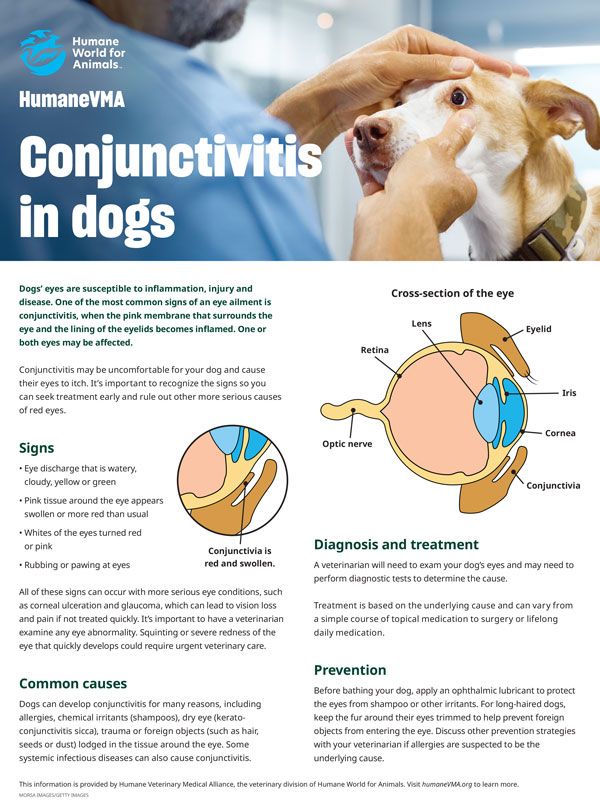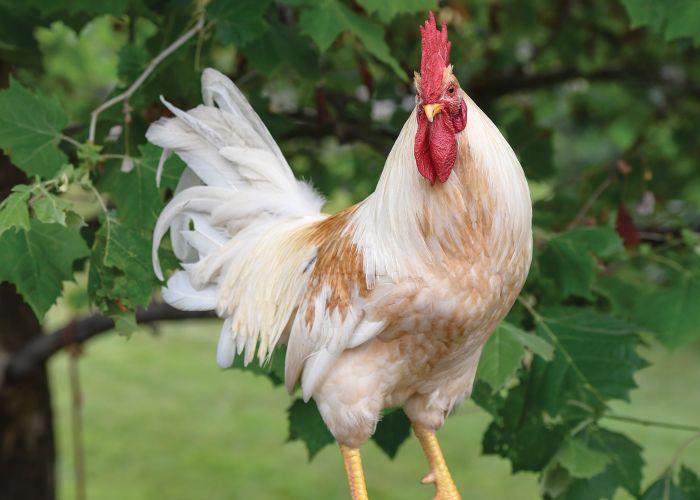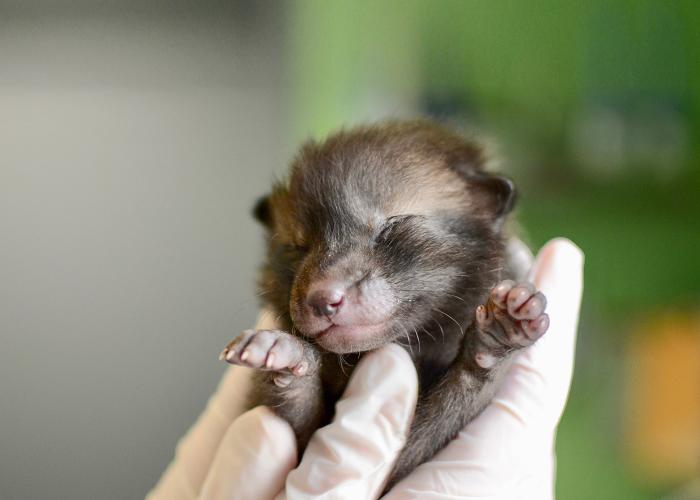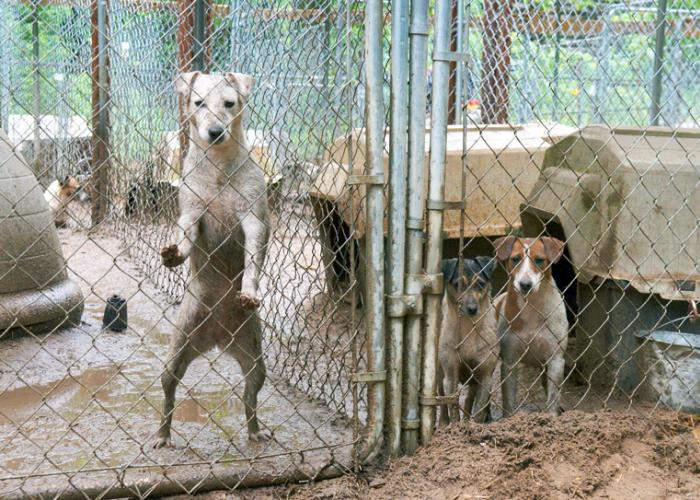How to: Identify conjunctivitis in dogs
Recognize the signs of this common canine ailment
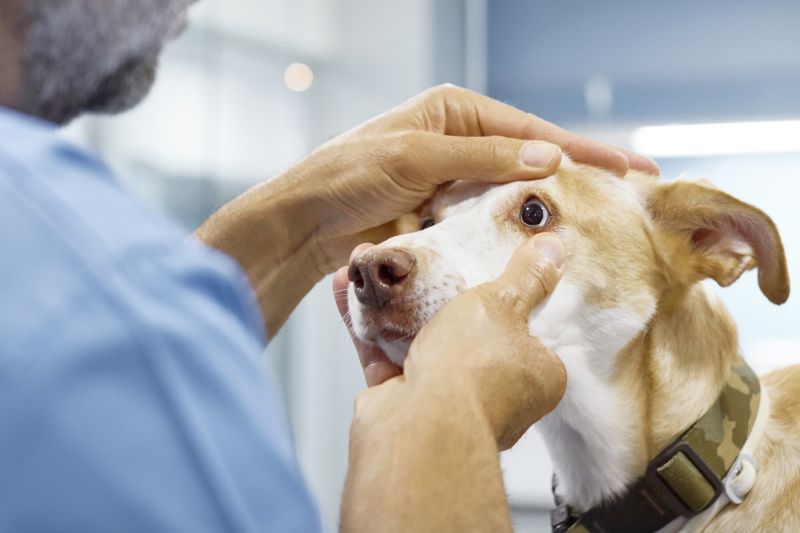
Dogs’ eyes are susceptible to inflammation, injury and disease. One of the most common eye ailments is conjunctivitis, when the pink membrane that surrounds the eye and the lining of the eyelids becomes inflamed. One or both eyes may be affected.
Conjunctivitis may be uncomfortable for your dog and cause their eyes to itch. It’s important to recognize the signs so you can seek treatment early and rule out other more serious causes of red eyes.
Signs
- Eye discharge that is watery, cloudy, yellow or green
- Pink tissue around the eye appears swollen or more red than usual
- Whites of the eyes turned red or pink
- Rubbing or pawing at eyes
All of these signs can occur with more serious eye conditions, such as corneal ulceration and glaucoma, which can lead to vision loss and pain if not treated quickly. It’s important to have a veterinarian examine any eye abnormality. Squinting or severe redness of the eye could require urgent veterinary care.
Common causes
Dogs can develop conjunctivitis for many reasons including allergies (one of the most common causes), chemical irritants (shampoos), dry eye (keratoconjunctivitis sicca), trauma or foreign objects (such as hair, seeds or dust) lodged in the tissue around the eye. Tick-borne diseases and canine distemper virus can also cause conjunctivitis.
Diagnosis and treatment
A veterinarian will need to exam your dog’s eyes and may need to perform diagnostic tests to assess tear production, check for corneal ulceration or measure the pressure within the eye.
Treatment is based on the underlying cause and can vary from a simple course of topical anti-inflammatory or antibiotic medications, removal of a foreign object, surgery for correcting structural defects or daily eye medication to stimulate tear production.
Prevention
Before bathing your dog, apply an ophthalmic lubricant to protect the eyes from shampoo or other irritants. For long-haired dogs, keep the fur around their eyes trimmed to help prevent foreign objects from entering the eye. Discuss other prevention strategies with your veterinarian if allergies are suspected to be the underlying cause.
Document
